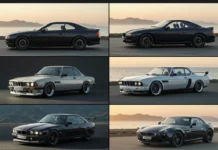Why Do ‘Tokyo Drift’ Cars Still Captivate Audiences?
Few movie franchises have left as indelible a mark on car culture as the Fast and Furious series, but none have sparked quite the same fascination as the vehicles featured in Tokyo Drift. The film’s cars continue to draw attention from enthusiasts and newcomers alike, thanks to their striking designs, raw performance, and central role in the story. Their visual flair and mechanical innovation have turned them into icons, both on screen and in the real world.
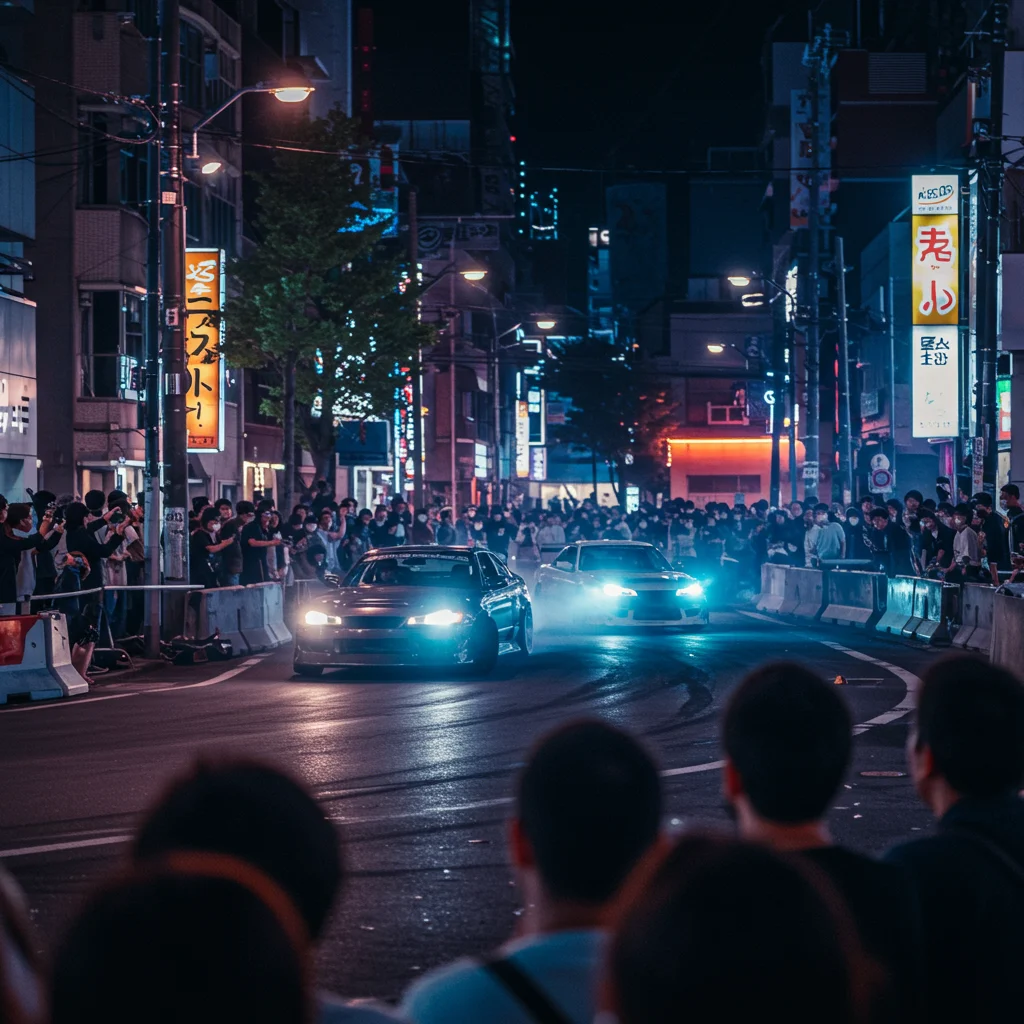
We often find ourselves drawn to the unique blend of style, speed, and technical mastery that defines these machines. Whether it’s the whine of a turbocharged engine echoing through Tokyo’s neon-lit streets or the sight of tires billowing smoke mid-drift, these cars evoke a visceral sense of excitement that few other films can match.
What Is the Story Behind Fast and Furious: Tokyo Drift?
Fast and Furious: Tokyo Drift is the third installment in the franchise, but it stands apart with its unique setting and focus on Japanese car culture. The storyline follows Sean Boswell, an outsider who moves to Tokyo and is introduced to the underground world of drift racing. Through his journey, we are immersed in a subculture where respect is earned on the asphalt, and every corner brings new challenges.
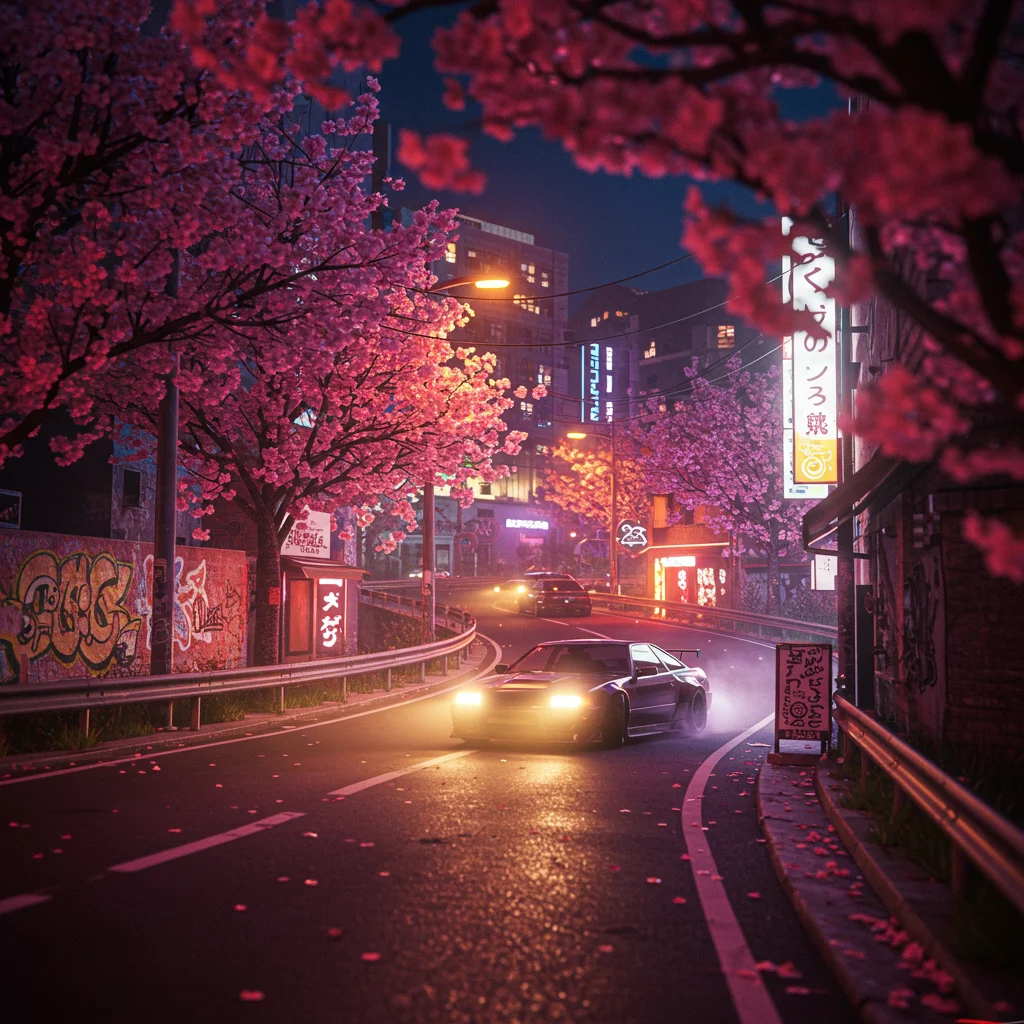
The city’s vibrant backdrop, combined with the intense drama of high-stakes racing, sets the stage for a narrative where cars are more than mere vehicles—they are extensions of identity and pride.
What Makes Tokyo Drift’s Cars Unique in the Fast & Furious Franchise?
Unlike the muscle-bound machines and supercars found in other entries, Tokyo Drift’s cars are defined by their agility, handling, and highly individualized modifications. These vehicles are built for precision and control, embracing the art of drifting rather than straight-line speed.

This focus on Japanese imports and tuning culture offers a distinct contrast to the American muscle highlighted elsewhere in the series. Their customized aesthetics, from wide-body kits to vibrant liveries, make them instantly recognizable and deeply influential in the world of automotive design.
How Do Cars Drive the Tokyo Drift Storyline?
In Tokyo Drift, the cars are not just props—they are narrative engines that propel the story forward. Sean’s introduction to drifting becomes a rite of passage, with each car representing a new lesson, rivalry, or alliance.
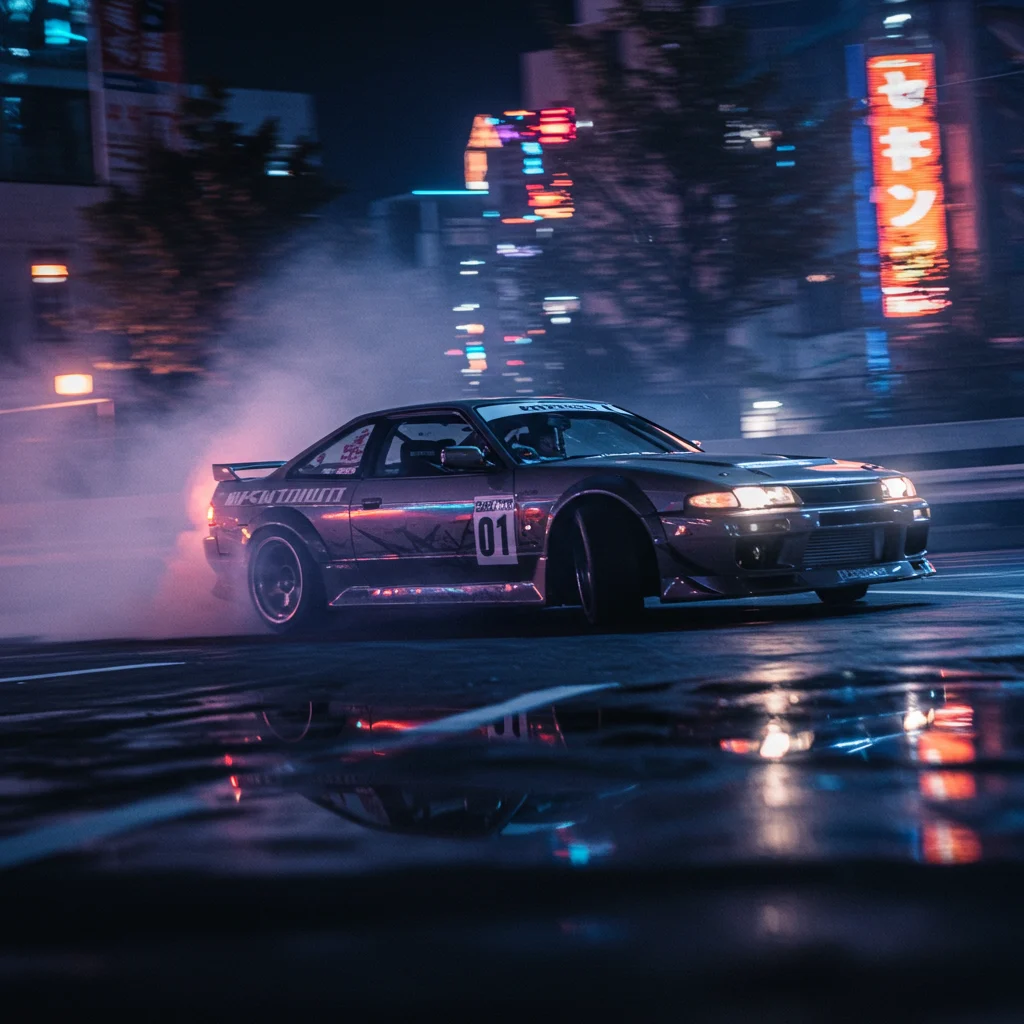
Every major plot twist is accompanied by a memorable race or drift battle, underscoring the idea that mastery behind the wheel is the only path to respect and redemption in this underground scene.
How Does Japanese Car Culture Set the Scene in Tokyo Drift?
The film’s authenticity is rooted in its faithful depiction of Japanese car culture. Tokyo’s bustling cityscape, filled with brightly illuminated signage and midnight gatherings, provides a sensory-rich backdrop for the action.
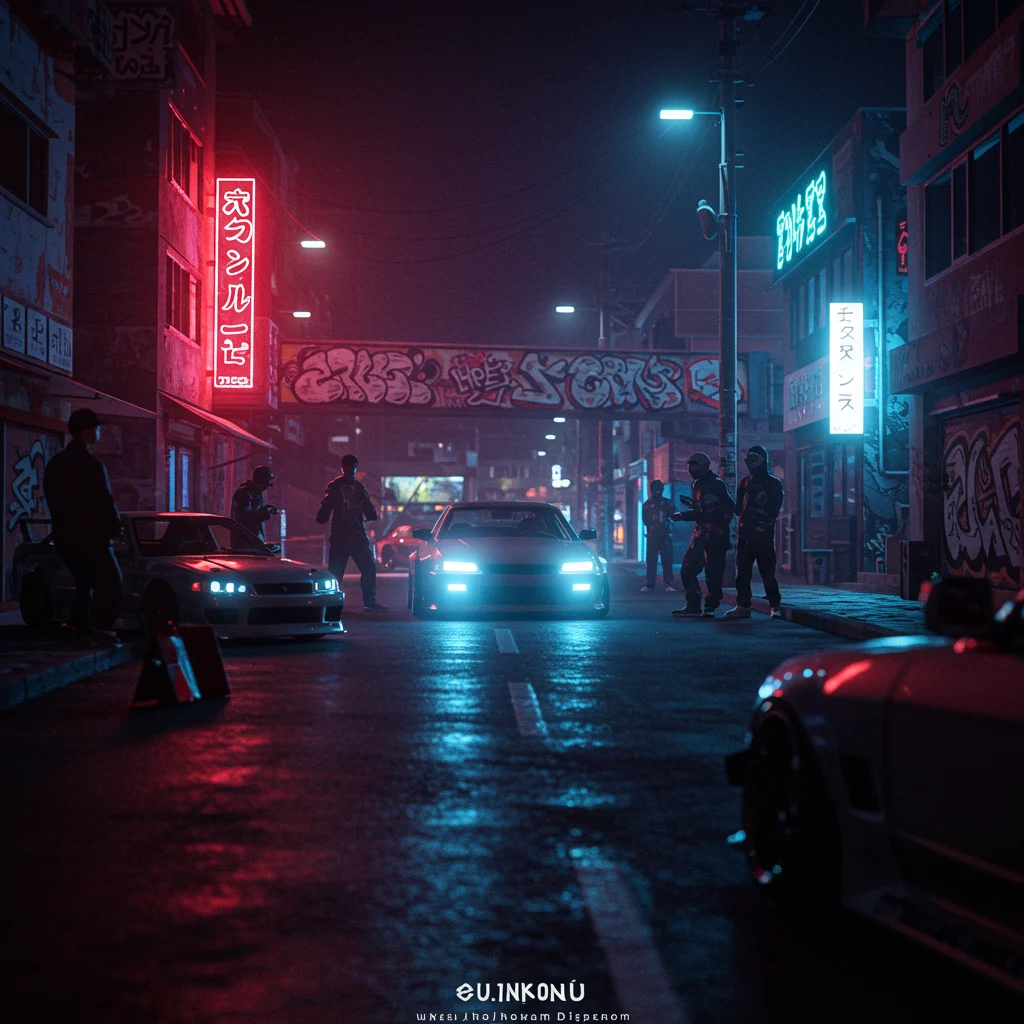
From multi-level parking garages to secluded mountain passes, the setting immerses us in a world where car enthusiasts gather to admire, compete, and push the limits of engineering and skill. Local customs, such as the respect shown to experienced drifters and the emphasis on craftsmanship, shape every aspect of the film’s atmosphere.
What Is Drifting and Why Is It Central to Tokyo Drift?
Drifting is a driving technique where the driver intentionally oversteers, causing the rear wheels to lose traction while maintaining control through a corner. This controlled chaos creates a visually stunning display of skill and car control, making it the perfect centerpiece for a film set in the heart of Tokyo’s car scene.
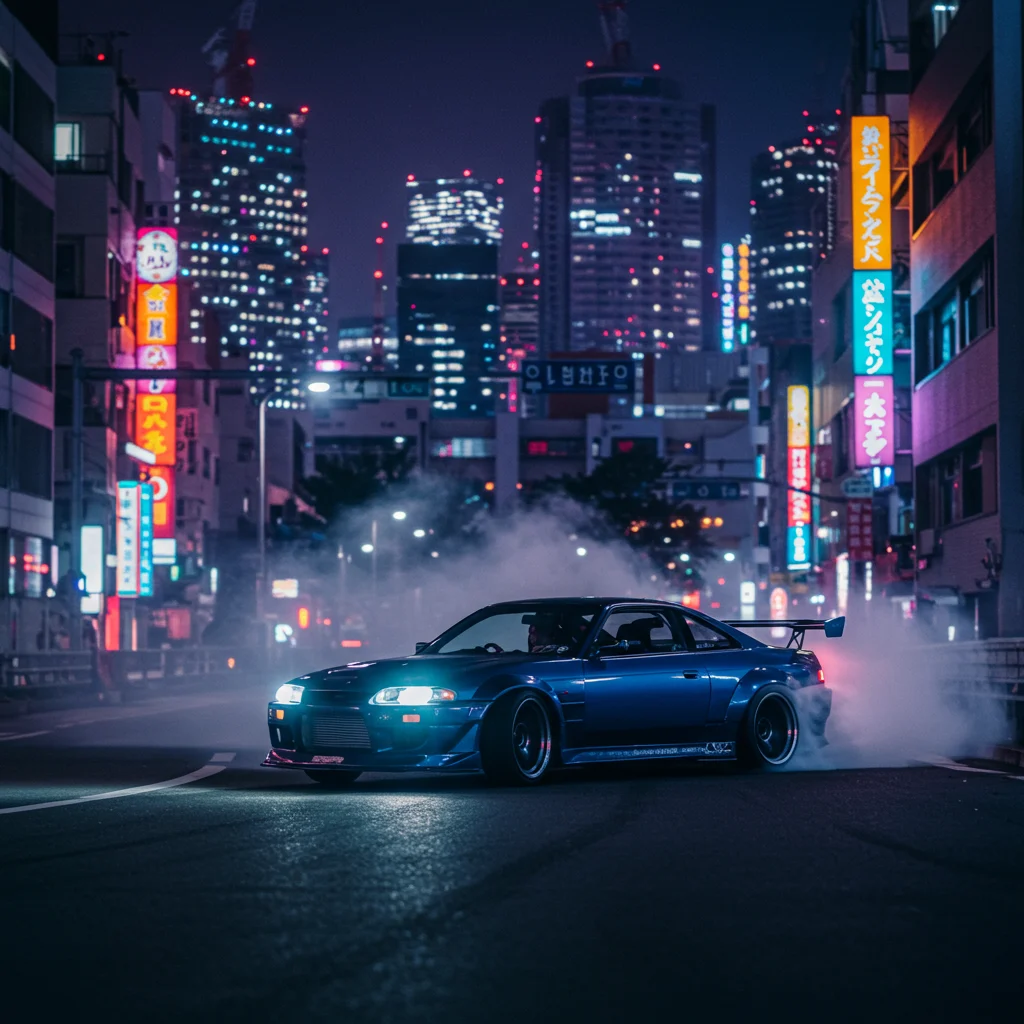
The art of drifting demands not only power and speed, but also a delicate touch and a deep understanding of vehicle dynamics.
How Did Drifting Gain Popularity in Japan?
Drifting originated on the winding mountain roads of Japan, where street racers, known as hashiriya, began experimenting with new ways to take corners at higher speeds. The technique quickly caught on, leading to the formation of dedicated drift teams and, later, organized competitions.
Pioneers like Kunimitsu Takahashi and Keiichi Tsuchiya, the “Drift King,” brought drifting into the spotlight, transforming it from a street phenomenon into a respected motorsport.
What Are the Key Elements of a Drift Car Build?
To create a drift-ready car, builders focus on several essential components:
- Rear-wheel-drive layout for optimal control
- Limited-slip differential to maintain traction
- Upgraded suspension for stability and responsiveness
- Lightweight body and reinforced chassis
- High-performance tires designed for grip and slip
- Engine tuning for increased torque and throttle response
Each modification serves to balance power with precision, allowing drivers to maintain long, graceful slides through challenging corners.
Which Cars Steal the Show in Tokyo Drift?
The film’s garage is filled with memorable machines, each chosen for its unique character and abilities. Let’s take a closer look at the stars of the streets and what makes them unforgettable.

Nissan Silvia S15: The First Drift Lesson
Sean’s initiation into the world of drifting begins behind the wheel of the Nissan Silvia S15, a car revered by enthusiasts for its balance and agility.
What Makes the Silvia S15 a Drift Legend?
The S15’s lightweight chassis, potent turbocharged engine, and rear-wheel-drive configuration make it a natural choice for drifting. Its precise steering and responsive handling allow even newcomers to experience the thrill of a well-executed slide.
How Was Han’s S15 Modified for the Film?
Han’s S15 is a showcase of expert tuning, featuring an aggressive body kit, custom wheels, and a striking orange and black livery. Under the hood, the SR20DET engine is tuned for both power and reliability, while upgraded suspension and a limited-slip differential complete the package.
Mazda RX-7 Veilside Fortune: Han’s Signature Ride
Few cars are as instantly recognizable as Han’s Mazda RX-7 Veilside Fortune, with its wide-body conversion and deep orange paintwork.
Why Did Han Choose the RX-7?
Han’s RX-7 embodies the spirit of individuality and technical prowess. The car’s rotary engine delivers a unique sound and power curve, making it a favorite among those who appreciate unconventional engineering.
What Sets the RX-7 Apart in Terms of Customization?
The Veilside Fortune kit transforms the RX-7’s appearance, giving it a futuristic, almost exotic profile. Custom interiors, upgraded brakes, and performance exhaust systems make this car as formidable on the track as it is stunning to behold.
Nissan 350Z: The Villain’s Weapon
Driven by antagonist Takashi, the Nissan 350Z stands out as a symbol of menace and precision. Its dark, menacing look is matched by formidable performance.
How Was the 350Z Tuned for the Movie?
The movie’s 350Z features a twin-turbocharged V6, producing ample horsepower for high-speed battles. Custom suspension and a wide-body kit allow for aggressive cornering, while a matte black finish gives the car its intimidating presence.
Which Drift Battles Made the 350Z Famous?
The 350Z’s most iconic moments occur during the parking garage race and the final mountain showdown, where its balance and power are put to the ultimate test. Each scene showcases the car’s ability to hold long, controlled drifts at the edge of adhesion.
Mitsubishi Lancer Evolution IX: Sean’s Drift Machine
Sean’s progression as a drifter is marked by his time with the Mitsubishi Lancer Evolution IX, a car more commonly associated with rally racing than drifting.
How Did the Evo IX Become a Drift Car?
The Evo IX’s all-wheel-drive system was modified for rear-wheel-drive operation, allowing it to perform controlled slides. Its turbocharged engine and advanced chassis provided a solid foundation for the transformation.
What Performance Upgrades Did the Evo IX Receive?
Upgrades included a custom differential, coilover suspension, and lightweight racing seats. These changes gave Sean the tools needed to compete with Tokyo’s best drifters.
Ford Mustang Fastback: East Meets West
The film’s climax features a unique fusion of American and Japanese engineering: a classic Ford Mustang Fastback fitted with a modern Nissan engine.
How Was a Mustang Turned into a Drift Car?
Transforming the Mustang into a drift machine required extensive modifications. The chassis was reinforced, the suspension was tuned for oversteer, and the weight distribution was carefully balanced to handle the rigors of drifting.
What Is the Story Behind the Nissan RB26 Engine Swap?
A highlight of the build is the RB26DETT engine from a Nissan Skyline GT-R, chosen for its high-revving power and tuning potential. This swap created a one-of-a-kind vehicle that bridged cultures and demonstrated the limitless creativity of car builders.
For readers interested in the legacy of American muscle, our post about the top 10 great American muscle cars of all time offers a historical perspective on these icons.
Which Supporting Cars Added Character to Tokyo Drift?
Beyond the main stars, several other vehicles played crucial roles, each contributing to the film’s rich automotive tapestry.

Which Other Cars Made an Impression in Tokyo Drift?
- Toyota Chaser JZX100: Favored by the Drift King for its balance and power.
- Mazda RX-8: Neela’s agile and stylish ride.
- Volkswagen Touran: Used for comic relief with its eccentric modifications.
- Nissan Fairlady Z (Z33): Morimoto’s aggressive drift machine.
- Toyota Crown Athlete: The preferred vehicle of the Yakuza, exuding understated luxury.
What Made the Toyota Chaser JZX100 a Drifter’s Favorite?
The Chaser JZX100’s robust turbocharged engine and spacious sedan body allowed for both performance and comfort, making it a top choice for seasoned drifters.
Why Did Neela Drive a Mazda RX-8?
Neela’s RX-8 embodied style and agility, with its rotary engine providing a smooth, high-revving powerband ideal for technical drift courses.
How Did the Volkswagen Touran Add Humor to the Film?
With its playful design and custom audio system, the Touran offered a lighthearted contrast to the high-stakes world of drift racing.
What Made the Nissan Fairlady Z (Z33) Stand Out?
Morimoto’s Fairlady Z combined aggressive styling with a potent V6, making it a formidable competitor in any drift battle.
Why Was the Toyota Crown Athlete Chosen for the Yakuza?
The Crown Athlete’s refined, powerful presence suited the Yakuza’s need for both discretion and authority.
How Were the Tokyo Drift Cars Built Behind the Scenes?
Bringing these cars to life on screen required a dedicated team of builders, fabricators, and drivers who understood both cinematic needs and real-world performance.
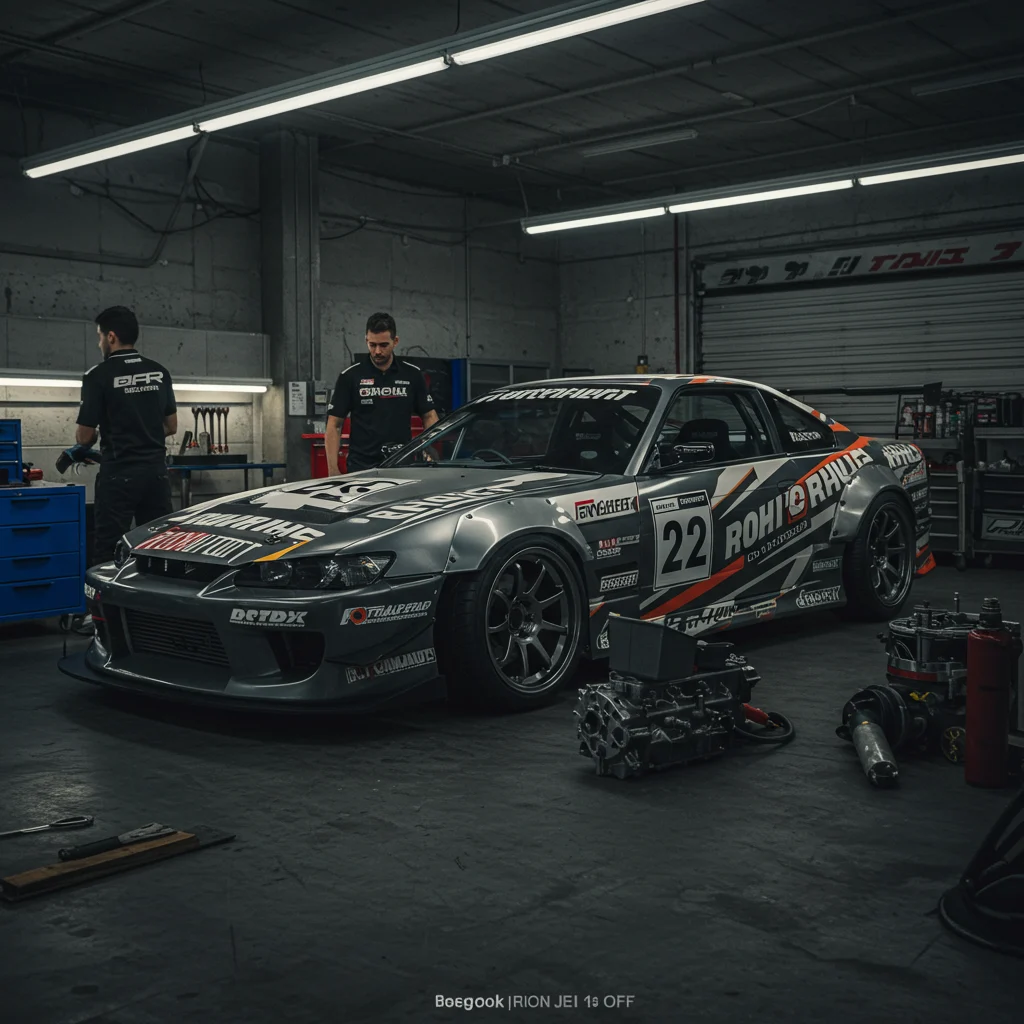
Who Was Responsible for Building the Movie’s Cars?
Teams led by technical advisor Craig Lieberman and renowned custom shops in both the U.S. and Japan collaborated to construct and modify the vehicles. Their expertise ensured that each car could withstand the rigors of filming while maintaining authenticity.
How Were the Cars Modified for Filming?
Many cars were built in multiples, with some tailored for close-up shots and others for stunt work. Safety modifications, such as roll cages and harnesses, were added, and engines were tuned for reliability under repeated takes.
Which Stunt Drivers and Drift Legends Were Involved?
Professional drifters like Rhys Millen and Tanner Foust performed many of the film’s most challenging stunts. Their skill brought a level of realism that resonated with fans and helped to cement the movie’s reputation among car enthusiasts.
As experts often say:
“Great car movies don’t just show you the action—they make you feel every shift, every slide, and every heartbeat behind the wheel.”
How Authentic Is the Drifting in Tokyo Drift?
A common question is whether the film’s spectacular drift sequences were achieved through movie magic or genuine driving talent.
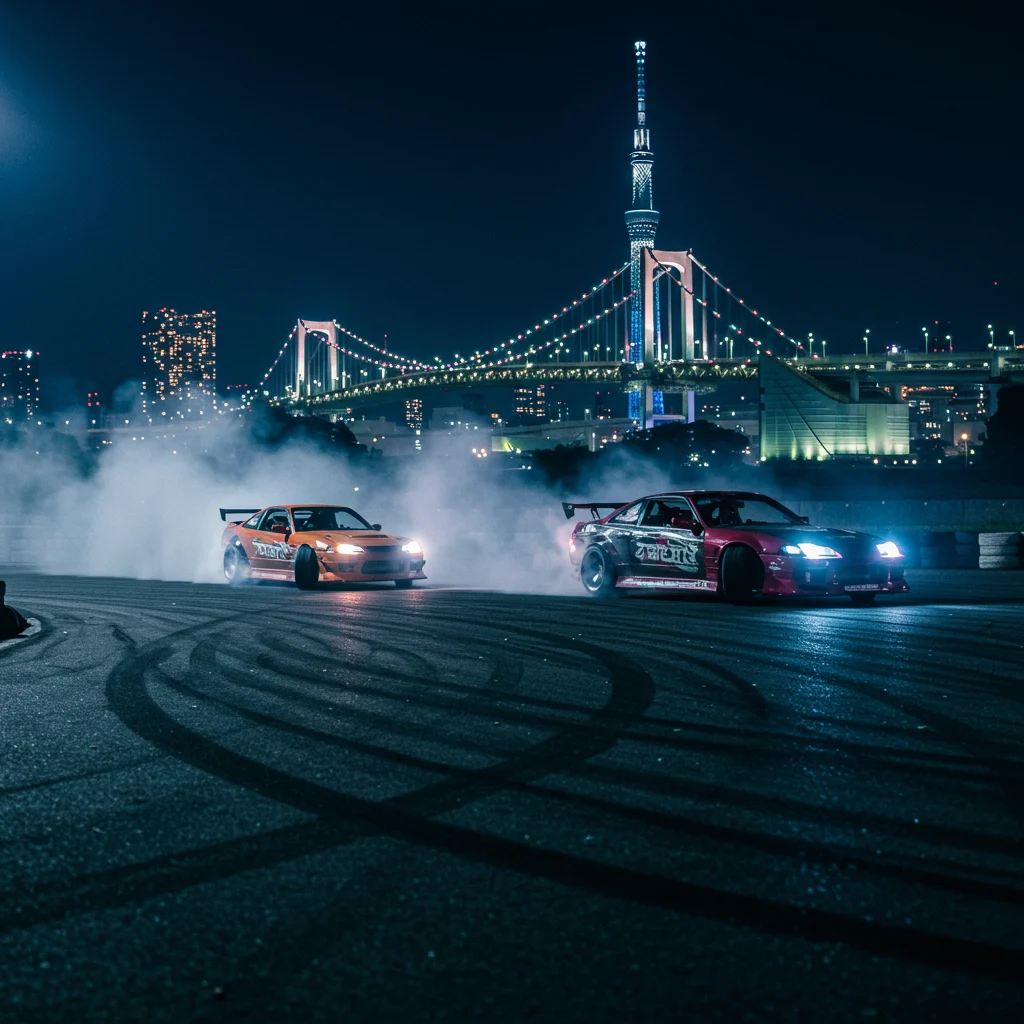
Did Professional Drifters Perform the Stunts?
Yes, much of the drifting was performed by seasoned professionals, lending credibility to the film’s racing scenes. Their expertise ensured that the cars behaved as they would in real competitions, with minimal reliance on visual effects.
How Much Was CGI Used Versus Real Driving?
While some post-production enhancements were applied for safety or continuity, the majority of the driving was real. This commitment to authenticity is part of what makes the film’s action so compelling for car enthusiasts.
What Impact Did Tokyo Drift Have on Car Culture?
The influence of Tokyo Drift extends far beyond the silver screen, shaping trends in tuning, styling, and motorsports worldwide.

How Did the Movie Shape Tuning and Modification Trends?
After the film’s release, demand for Japanese imports, wide-body kits, and custom liveries surged. Many enthusiasts sought to replicate the distinctive looks and performance of the movie’s cars, leading to a wave of innovation in the aftermarket scene.
Which Drift Events and Competitions Were Inspired by Tokyo Drift?
The popularity of drifting exploded, with new events and competitions springing up globally. Professional series like Formula Drift owe much of their mainstream attention to the excitement generated by the film.
If you are interested in how the world’s most exclusive cars make an impact, our review of the top 10 most expensive Maybach cars in the world explores the pinnacle of automotive luxury and innovation.
How Have Tokyo Drift Cars Influenced Pop Culture and Media?
The legacy of Tokyo Drift’s cars extends into video games, collectibles, and fan creations, reflecting their enduring appeal.
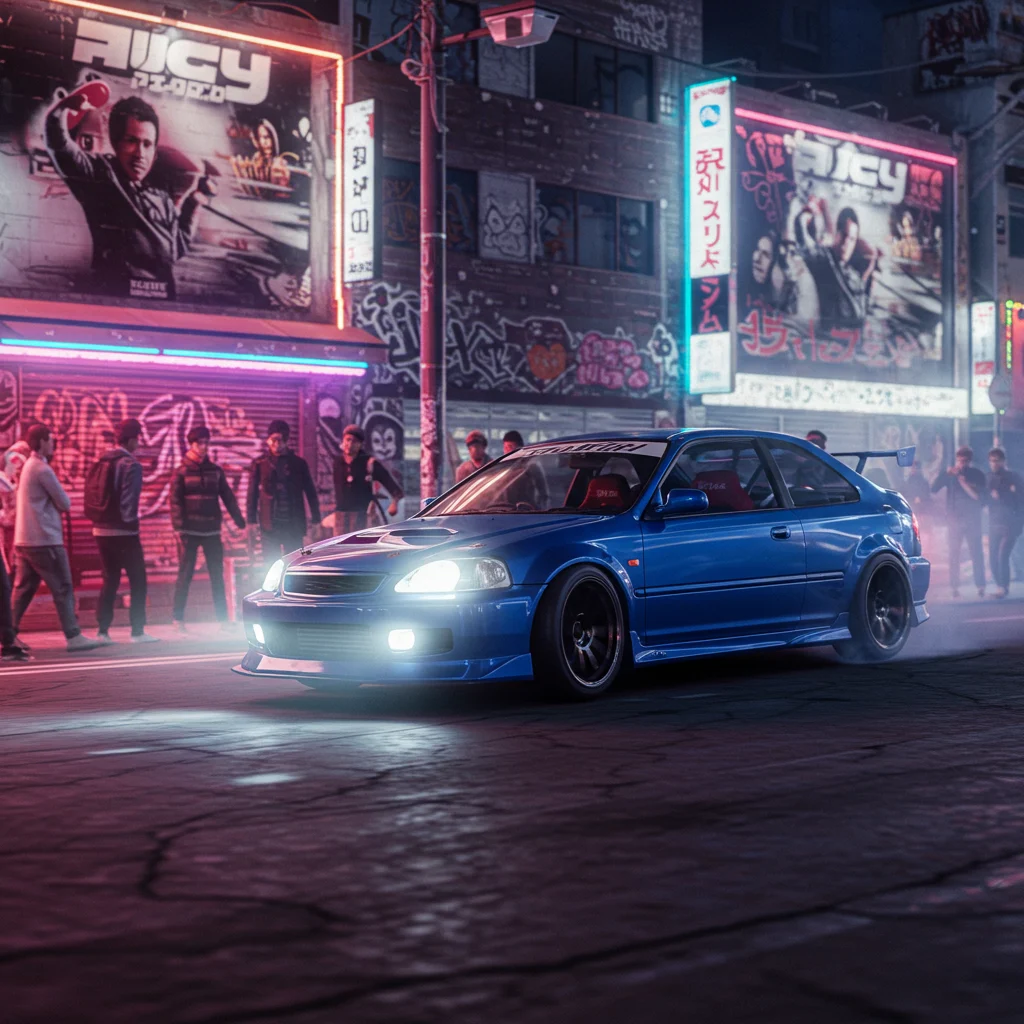
Where Do Tokyo Drift Cars Appear in Video Games?
Games like Need for Speed and Forza Motorsport feature many of the film’s iconic vehicles, allowing players to experience digital drifting with realistic physics and customization options.
How Popular Are Diecast Models and Collectibles?
Diecast replicas of the RX-7, Silvia, and other Tokyo Drift cars are highly sought after by collectors, often commanding premium prices due to their detailed accuracy and nostalgia value.
How Have Fans Paid Tribute with Replicas and Builds?
Around the world, dedicated fans have built their own replicas, painstakingly recreating the styling, paintwork, and modifications seen in the film. Car meets and shows regularly feature these tributes, underscoring the film’s lasting influence.
How Can You Build a Car Inspired by Tokyo Drift?
For those inspired to create their own drift-ready machine, the process involves careful planning, smart choices, and a passion for both performance and style.
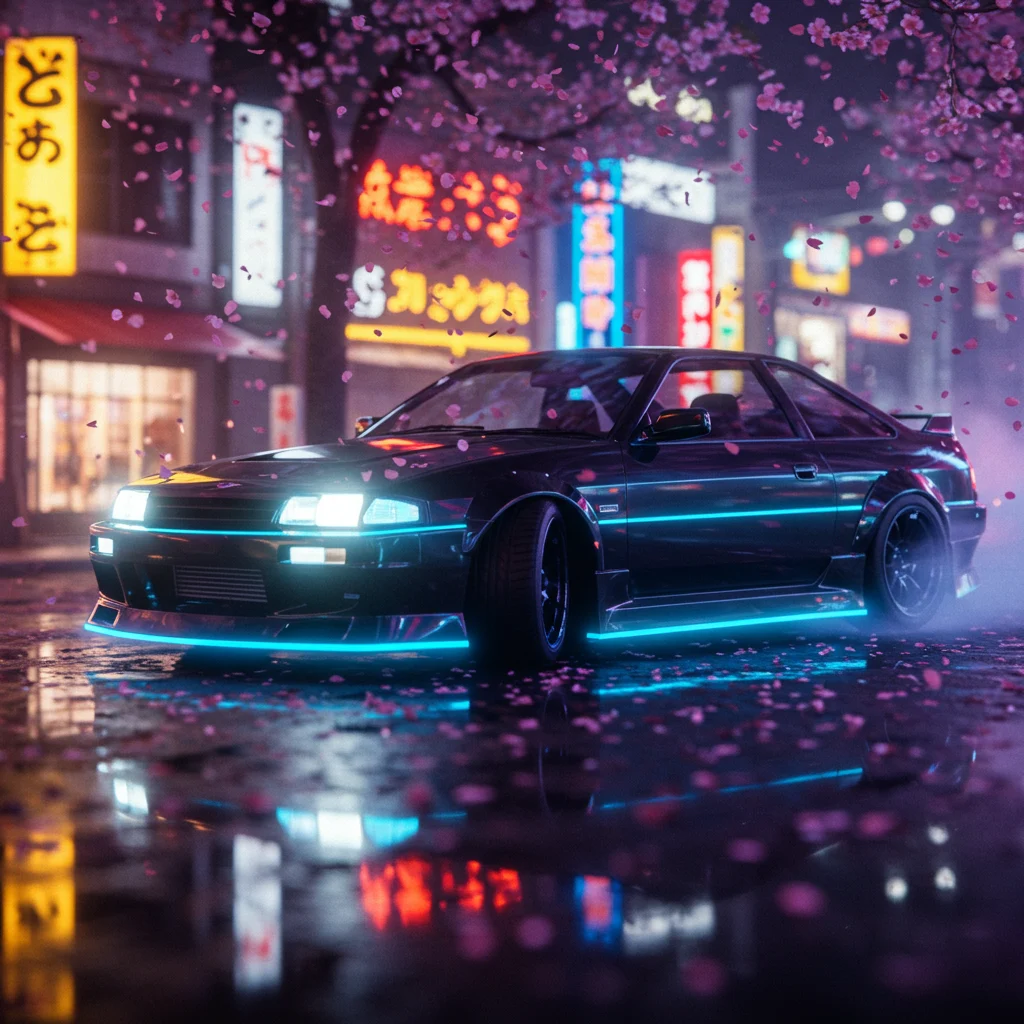
How Do You Choose the Right Base Car?
Popular choices include the Nissan Silvia, Mazda RX-7, and Nissan 350Z, thanks to their rear-wheel-drive layouts and strong aftermarket support. Selecting a car with a robust chassis and readily available parts makes the build more accessible.
What Are the Essential Modifications for Drifting?
To convert a standard car into a drift machine, focus on:
- Installing a limited-slip differential
- Upgrading suspension components
- Tuning the engine for responsive power delivery
- Improving cooling systems
- Weight reduction and chassis reinforcement
How Can You Achieve the Tokyo Drift Look?
Styling is just as important as performance. Consider adding:
- Custom livery and graphics
- Wide-body kits and aggressive bumpers
- Aftermarket wheels with deep dish or concave designs
- Brightly colored interiors and racing seats
For those who appreciate exclusivity and performance, our article on the top 10 most expensive Koenigsegg cars in the world highlights engineering marvels that inspire car builders everywhere.
What Should You Know About Legal and Safety Aspects of Drifting?
While drifting is thrilling, it requires a responsible approach to safety and legality.
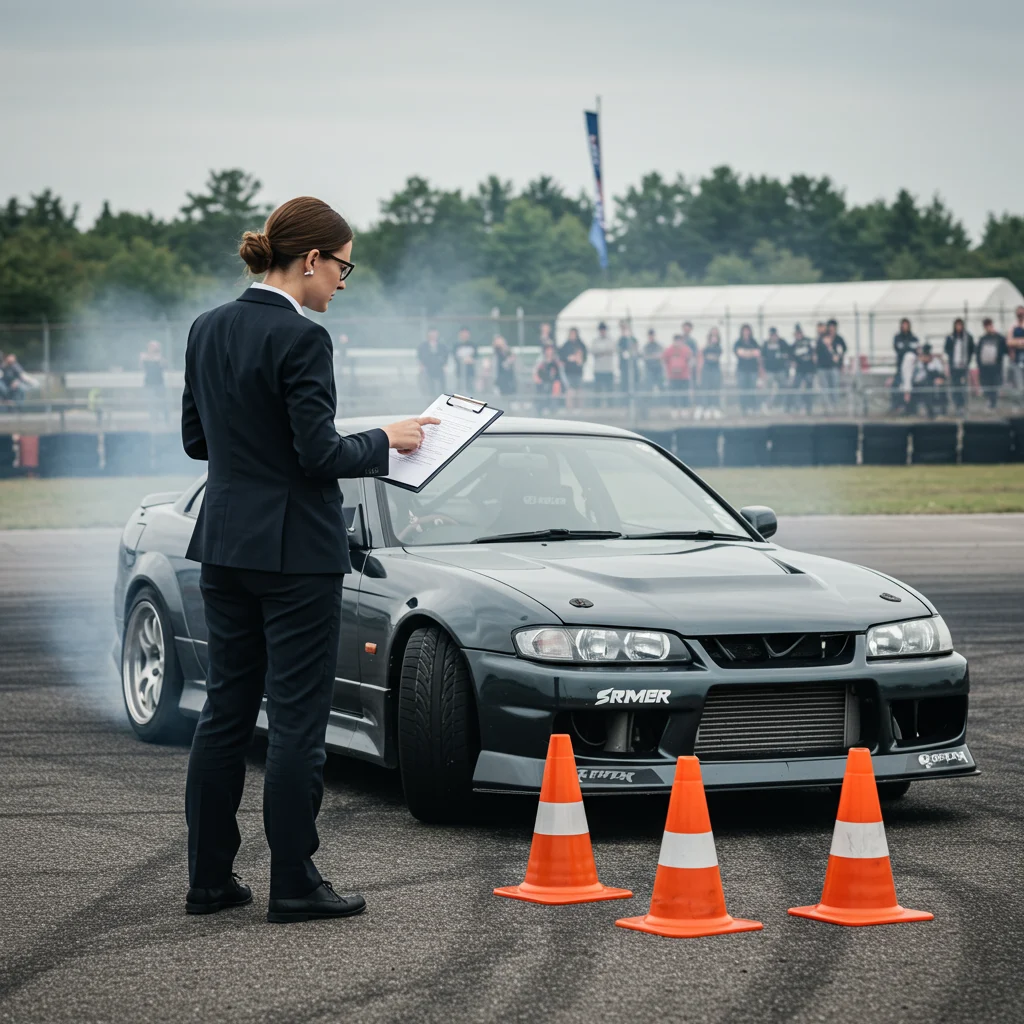
Where Is It Legal to Drift?
Drifting on public roads is illegal in most countries. Instead, look for sanctioned drift events at race tracks or closed courses, where safety measures are in place and enthusiasts can compete without endangering others.
What Safety Gear and Precautions Are Necessary?
Essential safety equipment includes:
- Full-face helmet
- Fire-resistant racing suit
- Roll cage and harnesses
- Fire extinguisher
Proper preparation and respect for the sport’s risks are key to enjoying drifting safely and responsibly.
For a look at how luxury and performance intersect in another automotive segment, our guide to the top 10 most expensive Chrysler cars in the world offers valuable insights.
Frequently Asked Questions About Tokyo Drift Cars
We often receive questions from readers eager to learn more about the real and replica cars from Tokyo Drift.

Can You Buy the Actual Cars Used in Tokyo Drift?
Some of the original movie cars have appeared at auctions or in private collections, but most are held by studios or specialty museums. Replicas and tribute builds, however, are widely available and can be commissioned from reputable builders.
What Are the Most Affordable Tokyo Drift Replicas?
Enthusiasts on a budget often start with older Nissan or Mazda models, focusing on exterior modifications and basic performance upgrades to capture the spirit of the film without breaking the bank.
Which Tokyo Drift Car Is Best for Beginners?
The Nissan Silvia S13 or S14, as well as the Mazda MX-5, are popular choices for those new to drifting. Their predictable handling and abundant aftermarket support make them ideal for learning the fundamentals.
To read more about the cars that starred in the film, revisit our overview of Fast and Furious Tokyo Drift Cars: The Stars Of The Streets.
What Is the Lasting Legacy of Tokyo Drift’s Cars?
The cars of Tokyo Drift have become more than movie props—they are enduring symbols of passion, creativity, and the pursuit of automotive excellence. Their influence can be seen in car meets, competitions, and personal builds around the globe.
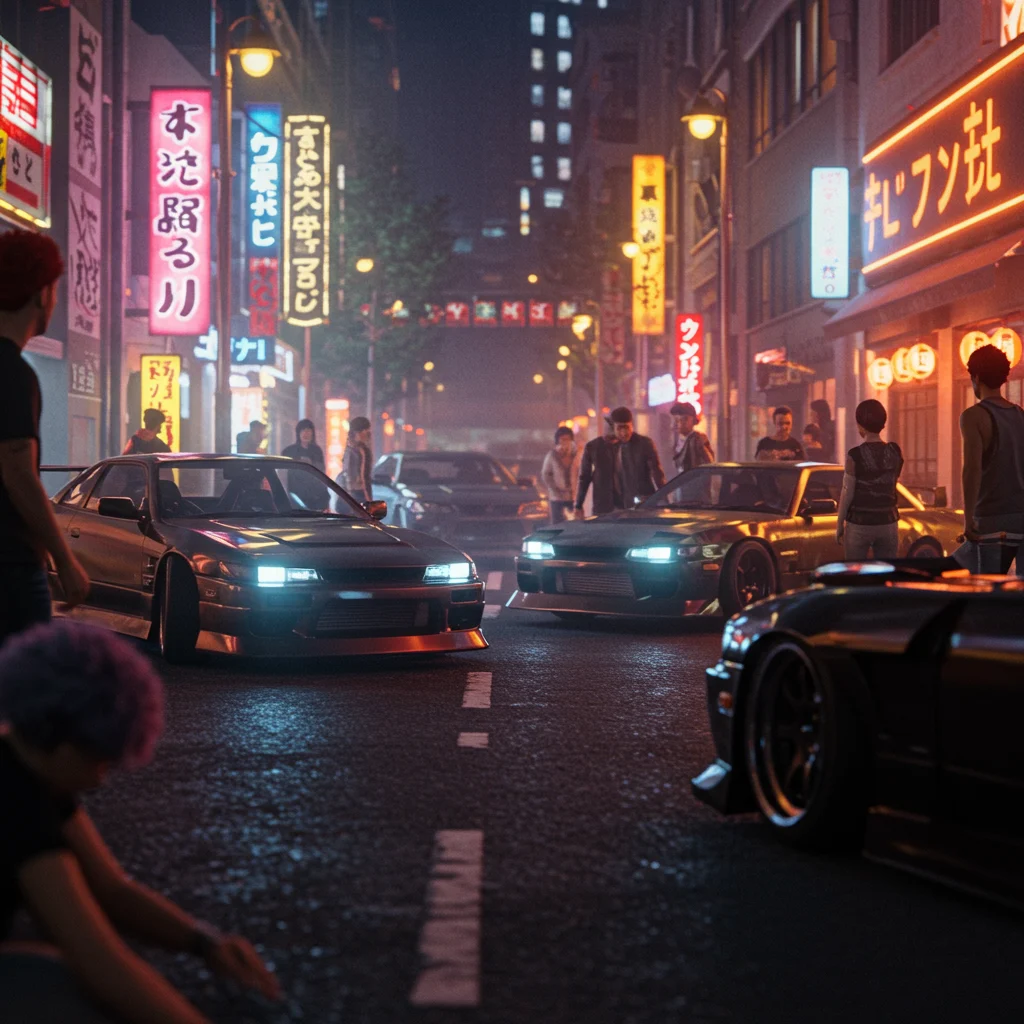
At Capital Exotic, we celebrate the spirit of innovation and excitement that these vehicles represent. Whether you’re inspired to build your own drift car or simply appreciate the artistry behind each machine, the legacy of Capital Exotic and Tokyo Drift’s stars will continue to inspire future generations of car enthusiasts.

